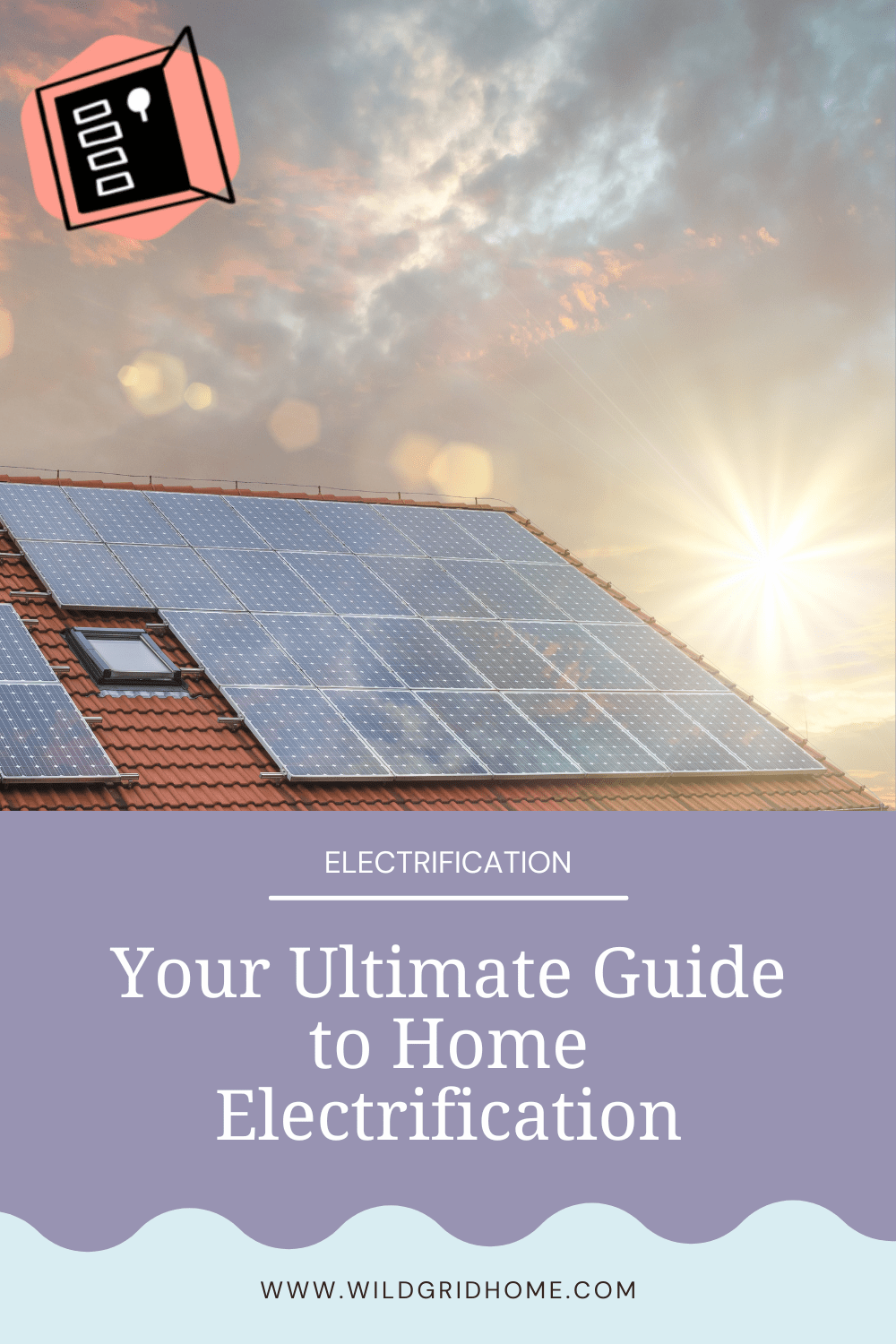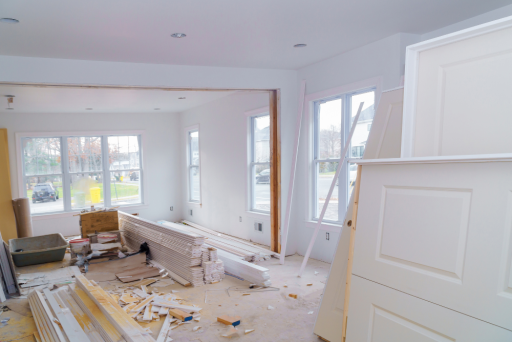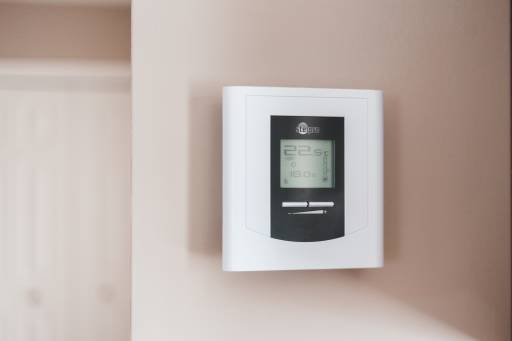Your Ultimate Guide to Home Electrification
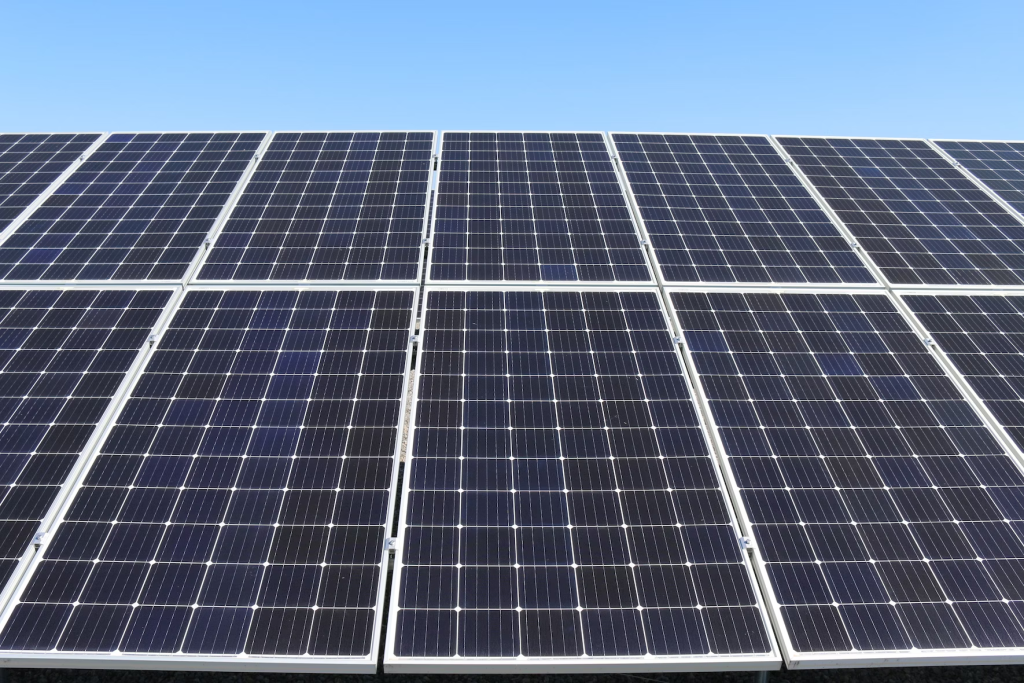
If you’re keeping up with the latest news on energy, renewables, and climate change, you’ve probably come across the term “electrification.” Electrification is the new and coolest trend in town, encouraging you to replace technologies that rely on fossil fuels, coal, and gas with ones that use… you guessed it… electricity! ⚡️
Now, this might sound pretty cool and trust me there’s a bunch of advantages of electrifying your home — such as reducing your carbon footprint, increasing your energy efficiency, and increasing safety in your home. However, it may not be totally clean until we fully shift away from fossil fuel-based electricity generation.
Encouraging electricity generation by solar, wind, and geothermal is a great first step to getting more clean energy and electrifying your home! 🏡
What is home electrification?
So, what exactly does home electrification entail? Home electrification involves replacing gas-dependent appliances with electric ones. This could mean swapping your gas stove for an induction cooktop or installing a heat pump in place of a furnace. However, the transition to electrification may not always be easy, as not all homes are readily equipped for it.
To electrify your home, you’ll need to consider retrofitting with the help of a contractor. They will examine your electrical panel and household wiring to determine if they can handle the extra power it takes to heat and operate electrical appliances. If you put to much stress on your electrical panel you can overload it, which can cause your power to shut off or catch on fire.
(Which we definitely want to avoid…)
If you’re considering replacing your furnace, you’ll also need help removing and recycling the existing gas furnace. Some homes may not be immediately prepared to accommodate electric alternatives, so it’s crucial to plan ahead considering the replacement of heaters and appliances.
This can take a lot of time, money, and effort, but electrifying your home means long term energy savings, a healthier home, and a happier planet.
Pro tip: don’t wait for your appliances to break down before replacing!
What are the benefits of home electrification?
Home electrification offers several benefits that contribute to a more sustainable and efficient living environment.
Here are some advantages of electrifying your home:
🫁 Improved indoor air quality
Gas appliances can emit pollutants and fumes, such as carbon monoxide and nitrogen dioxide, which can negatively impact indoor air quality and pose health risks.
Electrifying your home eliminates these emissions, creating a healthier living environment for you and your family. Your home will have cleaner air and your lungs will thank you!
🌅 Help diversify the energy grid
Transitioning to electrification supports a more resilient power grid. By decentralizing energy production through solar panels and other renewable sources, homes can contribute to a distributed energy system, reducing the strain on the grid during peak demand periods.
👣 Reduced carbon footprint
By replacing gas-powered appliances with electric alternatives, you decrease the reliance on fossil fuels and reduce greenhouse gas emissions. Electricity can be generated from renewable energy sources like solar and wind, which significantly lowers your carbon footprint.
💡 Increased energy efficiency
Electric appliances often operate more efficiently than their gas counterparts. They convert energy into heat or power with higher efficiency, resulting in less wasted energy. This efficiency translates into lower energy bills and reduced overall energy consumption.
💳 Long-term cost savings
While the upfront costs of electrifying your home may be higher, the long-term cost savings can outweigh the initial investment. Electric appliances are becoming more efficient and cost-effective over time, and the potential for lower energy bills and maintenance costs can lead to significant savings in the long run.
Some states are even starting to offer incentives!

What are the challenges of home electrification?
Even though there are long-term health, comfort and cost benefits of these systems, there are also some challenges associated with the transition.
Here are a few common hurdles that can arise during the process:
🏷️ Higher upfront costs
One of the main challenges of home electrification is the initial investment required. Upgrading appliances, rewiring homes, and retrofitting existing infrastructure can be costly. The expense of purchasing electric appliances and hiring contractors may deter some homeowners from pursuing electrification.
👷♀️ Limited electrical panel capacity
The electrical panel in a home may not have the capacity to handle the increased power demand of electric appliances. Upgrading the electrical panel may be necessary to ensure safety and prevent overloading. This can involve additional costs and may require the expertise of an electrician.
🛠️ Retrofitting requirements
Not all homes are readily equipped to handle electrification. Retrofitting, which involves modifying existing infrastructure to accommodate electric appliances, may be necessary.
This can involve upgrading electrical panels, rewiring, and potentially making structural changes to the home. The complexity and cost of these retrofitting processes can pose challenges for homeowners.
⚡️ Limited availability of electric appliances
Not having the proper buy-in to electric appliances coupled with homeowners that are resistant to change or have a preference for traditional gas appliances leads to limited access to the most modern all electric technology. Consumer habits and preferences play a big role, but causes the HVAC industry in the US to lag behind.
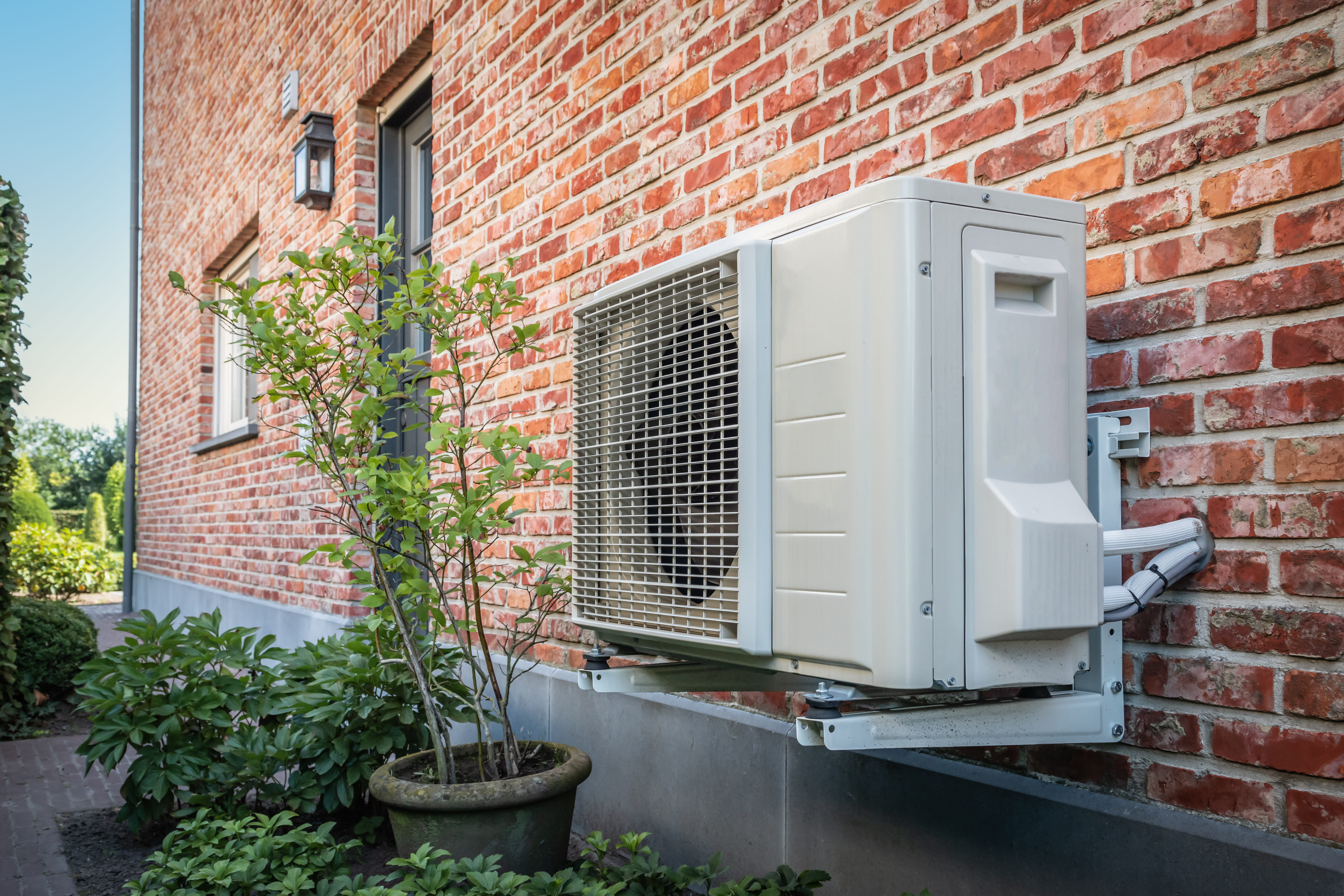
I want to electrify my home, where do I start?
So you want to electrify your home, but not sure where to start? No worries, whether you’re a renter or a homeowner we can help with that.
Transitioning to complete electrification of your home can be a process that spans several years. However, if you're aiming to make swaps that have the most significant impact on reducing carbon emissions, focusing on three key areas will yield notable results:
- your car 🚗
- home heating 🏠
- water heating 🚰
By replacing gas-powered appliances in these categories with electric alternatives, you can take significant strides towards sustainability. In fact, addressing your home heating and water heating systems by adopting electric appliances is a great starting point. The best part is that this may not take less than several years to complete.
To kickstart the electrification process, it’s essential to conduct a thorough assessment 📝 of the feasibility of the project. This assessment can be performed by either yourself or an expert. Some key steps involve:
1️⃣ Identifying appliances for replacement
Determine which gas-powered appliances you intend to replace with electric alternatives. This could include items such as stoves, water heaters, furnaces, or any other applicable devices.
2️⃣ Checking your existing amp breaker box
Evaluate your current electrical panel to ensure it has the necessary capacity to accommodate the increased power demand from electric appliances. This step is crucial to prevent overloading the panel and potential hazards. If required, an electrician can help upgrade your breaker box.
3️⃣ Assessing circuits and outlets
Examine the circuits and outlets in your home to determine if any modifications or additional installations are necessary to support the new electric appliances. This evaluation will ensure proper electrical connections and safe operation.
Be sure not to skip these steps as it ensures the compatibility and safety of the electrical appliances you plan to install. Overloading your electrical panel can lead to power outages or even fire hazards, emphasizing the significance of proper assessment.
Additionally, conducting an energy audit or home energy assessment can provide valuable insights into energy wastage caused by inefficient appliances. This evaluation helps identify areas where energy efficiency can be improved and aids in making informed decisions during the electrification process.
@wildgridhome do you have any tips for first time energy auditors? drop them in the comments! #energyaudit #renewableenergy
♬ Sunshine - WIRA
Make a plan (& a budget!)
After assessing the feasibility of electrification, the next step is to develop a comprehensive plan and budget for the transition. It is highly recommended to have a well-thought-out plan in place and avoid leaving the process until the last minute.
Waiting until your existing system breaks down could leave you without heat or result in hasty decision-making, potentially leading to the purchase of inefficient options.
By determining which appliances will be upgraded, you can accurately assess the necessary upgrades and modifications required for your existing electrical infrastructure. This proactive approach ensures a smooth and efficient transition to electrification.
Considering the long-term implications and benefits of electrifying your home, it is crucial to allocate the appropriate budget for the project. This budget should encompass the costs of appliance purchases, any required electrical system upgrades, and professional installation services if necessary. Adequate planning and budgeting will help streamline the process and avoid unexpected financial burdens along the way.
And that’s it, well a very simple version of what would happen, but hopefully this can help you get started.
Remember, if you need help, we have a handy dandy home planning tool! 🛠️
